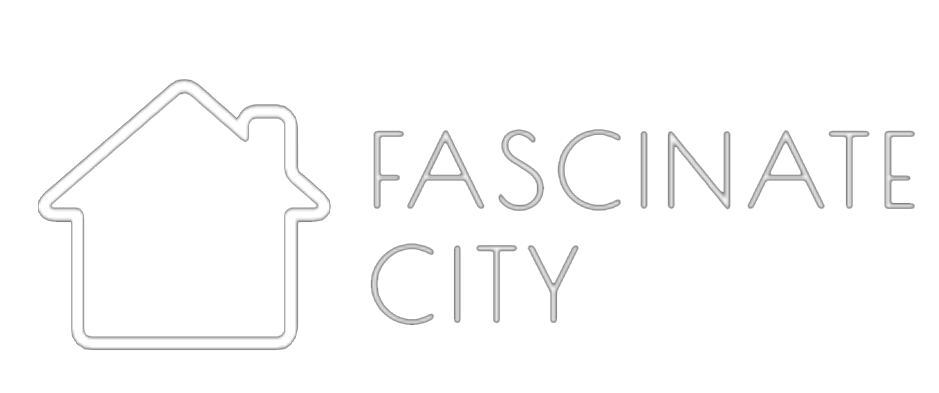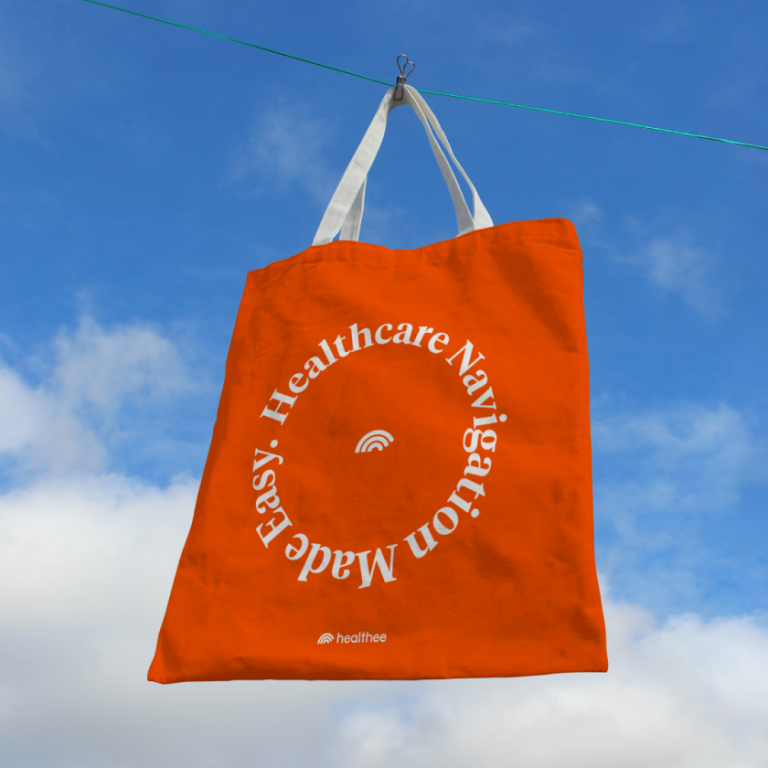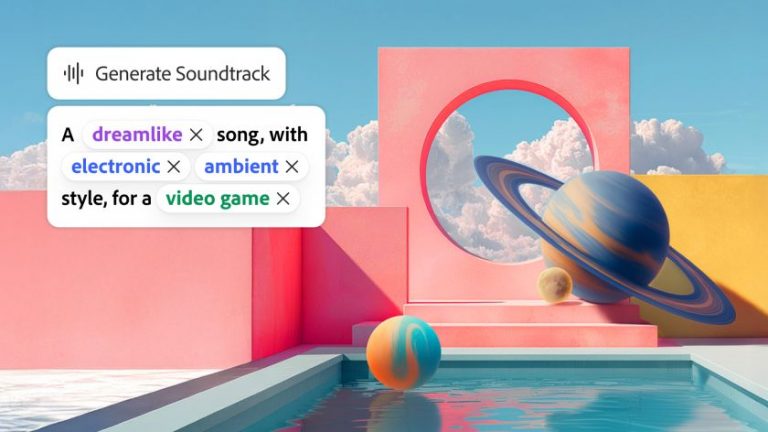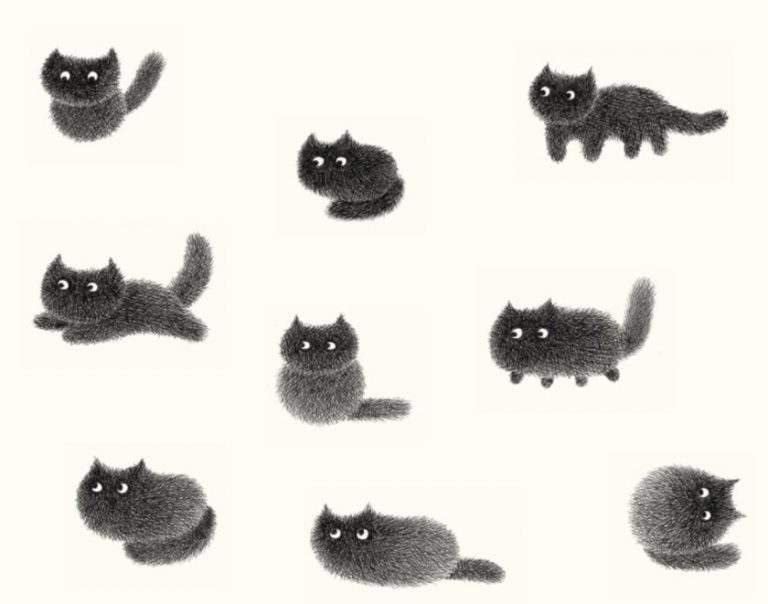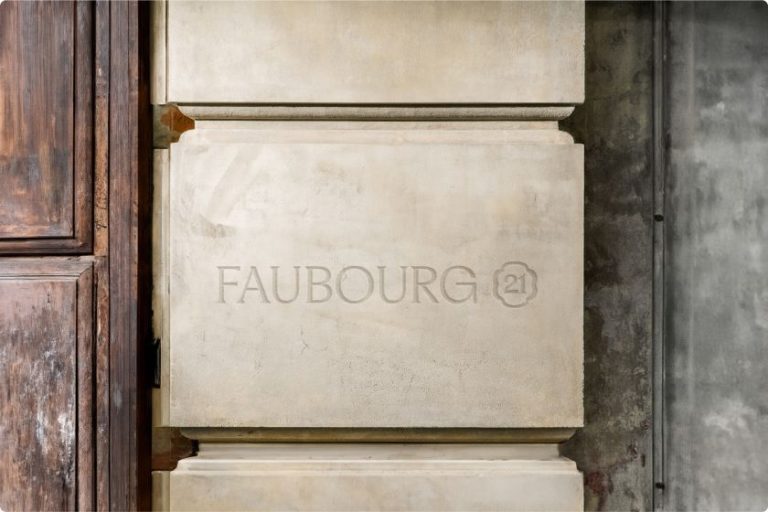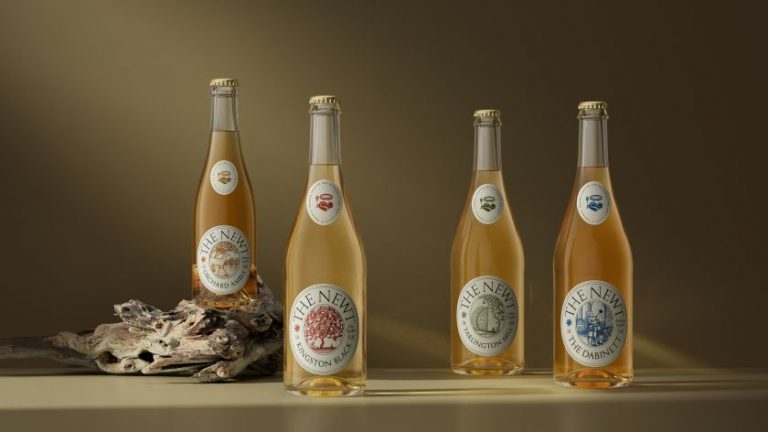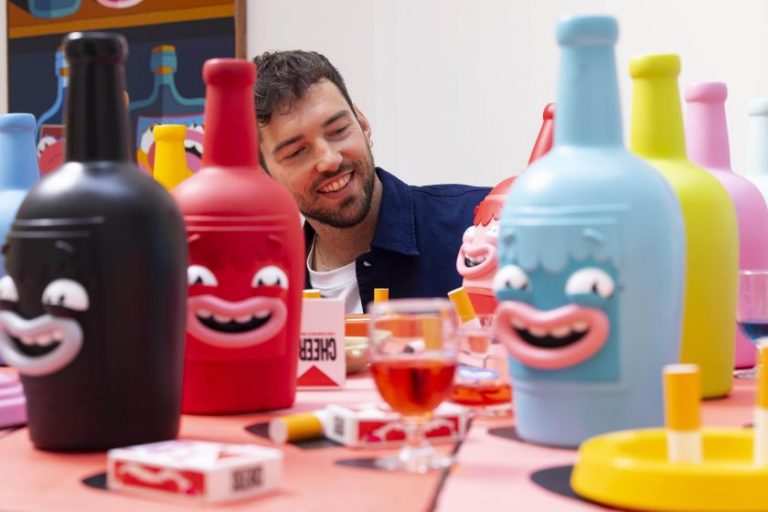In a sensational session for members of The Studio, James Hurst revealed why design, as a declaration rather than decoration, is reshaping how creative professionals approach meaningful change.
In an age where social media has gone to the dogs, Creative Boom’s new network, The Studio, has emerged as something genuinely different. It’s a private sanctuary where meaningful conversations replace mindless scrolling and where industry insights come directly from the people shaping our creative landscape. People like James Hurst, a highly influential designer, creative director and author known for his strategic approach to branding and technology.
On 15 May, James showed his commitment to The Studio’s community by hosting a talk at 4am (!) his time, titled “Weird the Normal, Normal the Weird: Using Design to Design Change.” The talk drew over 100 Studio members eager to learn from someone who has genuinely shaped the creative landscape. If you weren’t one of them, here’s a brief taster of what you missed.
The new normal
James brought series credentials to The Studio’s virtual stage. As CCO at consultancy Zag and former head of brand design at Google, his career trajectory, which included stints at Pinterest, Tinder, and other global brands, provided the perfect foundation for exploring how design can recalibrate our sense of normal.
The session’s central premise resonated deeply with attendees: in a world where self-driving cars and one-tap Instagram shopping have become mundane, it’s the sudden ordinariness of once-futuristic phenomena that feels truly uncanny.
James explored how this shift creates opportunities for creative professionals to challenge familiar boundaries and make strange concepts feel intuitive. As he put it: “The most effective work doesn’t look like marketing—it looks like activism or subversion or satire, because that’s what makes it relevant, that’s what makes it rebellious.
“This is not about being edgy,” he clarified. “It’s about having real courage and often a bit of clarity.”
Design is not decoration
Drawing from his new book Use Design to Design Change, James shared stories from his time at major tech companies, revealing how aesthetic intelligence drives innovation in unexpected ways. His philosophy was crystallised in memorable statements that resonated throughout the session, such as: “Design is not decoration, it’s declaration. We don’t make things pretty; we make things mean something. We build stories people can live in.”
James challenged conventional thinking about the creative process itself, arguing that “Design is the first move, not something that we do right at the end of the process.” Beyond the technical aspects of design, James emphasised the deeper purpose of creative work. “The best brands don’t just tell stories; they create worlds,” he said. “They create the places we live inside—beliefs that we can align with.”
He added this powerful observation: “Design is the whole damn cake. It’s where values become visible, where aesthetic intelligence means knowing the difference between decoration and direction.”
Culture over campaigns
Perhaps most powerfully, James articulated why authentic brand building matters more than ever: “Campaigns say things, but culture proves them,” he argued. “Brands can say whatever they want, but it’s the culture that is going to stand the test of time.” This distinction between saying and proving became a recurring theme as attendees explored how to build meaningful work in an increasingly cynical marketplace.
When discussing client relationships, James shared a refreshingly honest perspective: “Actions speak way louder than words. If people ask me to do stuff that I don’t believe in, I’m really lucky that we’re in a position where I can say no to work.” This sparked a particularly engaged discussion about creative integrity and business sustainability.
James also addressed the responsibility that comes with creative influence: “People don’t just trust brands to say the right thing; they trust the brands who actually do the right thing.” This authenticity imperative led to a rich discussion about how creative professionals can help organisations align their actions with their stated values.
The sacred nature of human creativity
The session’s interactive nature allowed members to engage directly with James about the tension between creativity and automation. His response was characteristically insightful: “Creativity is not being automated. AI is great at looking back—it’s really good at deductive thinking. But real creativity—that’s when we look forward, when we feel something when we notice something that isn’t obvious.”
One of the session’s most profound moments came when James spoke about the irreplaceable nature of human creativity: “The human creativity, I think, is sacred—the ability to intuit what the answer should be isn’t because it’s necessarily in our head, it’s often because it’s something in our heart.”
James encouraged attendees to embrace the investigative nature of design: “Sometimes the point of design is to invite inquiry, to get someone to ask that question.” This approach to design as a conversation starter, not an ender, provided a fresh perspective on client presentations and creative briefs.
The session concluded with James’s powerful call to action: “Let’s use design to design change. This is the work, and this is the invitation.” Studio members left with actionable insights about reframing their approach to design challenges, understanding how to position unconventional ideas within conventional frameworks, and recognising opportunities to shift cultural perceptions through creative work.
Real learning from real practitioners
James’s session exemplified The Studio’s commitment to bringing world-class creative leaders directly to its members. These aren’t generic webinars delivered by people disconnected from current creative realities. Instead, they’re intimate, interactive sessions led by industry leaders who understand the daily challenges of creative work.
Ready to stop feeling isolated and start feeling inspired? Join over 4,500 creative professionals who’ve discovered their creative sanctuary. The conversations that could change your career are happening right now. The creative community you’ve been searching for is waiting to welcome you.
